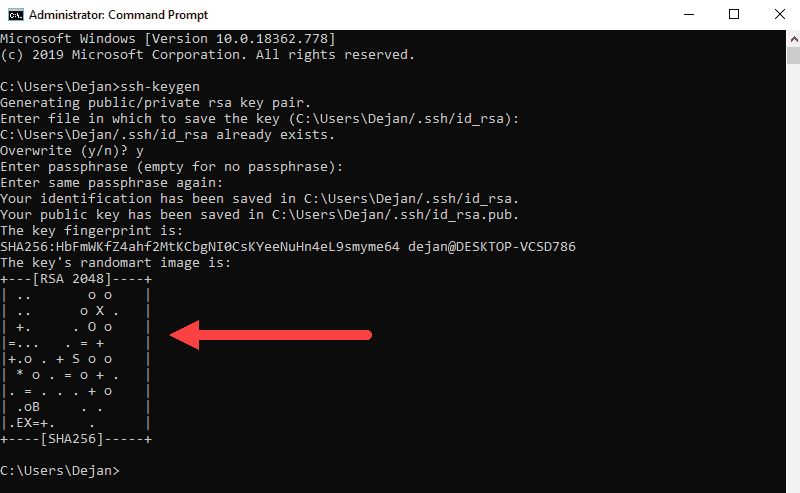
Once you’ve connected to your server, it’ll show up as a drive in Finder, just as if you had an external hard drive plugged in. It’ll ask you for a server and a username, and then a password. Install the MacFUSE core first, and then sshfs. Download the MacFUSE Core Installer Package dmg and the sshfs filesystem dmg. Today I installed it on my iMac, and, though it may sound a bit daunting, it’s easy — anyone can do it. (And next time I can just Open Recent from the File menu!) I can’t tell you how useful it is. When I need to update a podcast feed, rather than ssh in and use vi to edit (or worse, to ftp the file back and forth), I just double-click the file in Finder and it opens in my local texteditor (SMULTRON). If I need to copy a recording over to my webspace, I just drag it over in Finder. It doesn’t sound nearly as useful as it is! He installed it, and sshfs, on my Macbook and I started using it and fell in love. When Dan first told me about MacFUSE I was not particularly interested. Ok, I know that sounds pretty dry, but stay with me.
#MACFUSION SSH KEYS MAC OS X#
MacFUSE implements a mechanism that makes it possible to implement a fully functional file system in a user-space program on Mac OS X (10.4 and above). Voila!ĭo you have a mac? Do you use ssh, scp, or ftp frequently, perhaps to and from your personal server? If so, you’ve got to try MacFUSE:

Drop it when you see a nice blue line and wait a few seconds for it to show up. Then drag the server from the desktop to the Devices area in the Finder sidebar. I thought sshfs wasn’t even working! The solution is to go into Finder preferences and tell it to show connected servers on the desktop.

If you generated them using OpenSSHs ssh-keygen /.ssh/ by default.) Dont forget a free-space wipe ( will do). They’re all the same but the Finder in Leopard does not show mounted servers in the sidebar automatically anymore. The GUI will show you all the installed certificates and allow you to export/remove them. Got Leopard? It took a few days for the google coders to bring sshfs and macfuse up to speed, but it works now! I’ll just paste my instructions from a few months ago. Open terminal and navigate to /.ssh to generate a new SSH key: ssh-keygen -t ed25519 -f /.


 0 kommentar(er)
0 kommentar(er)
